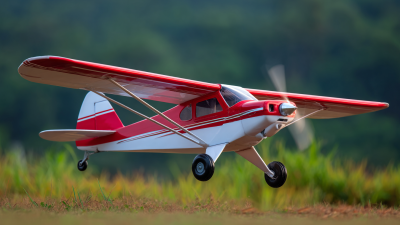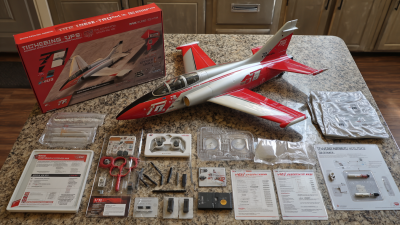Choosing the right RC model airplane kits can significantly enhance your flying experience, especially when matched to your skill level. According to the Academy of Model Aeronautics, over 60% of new hobbyists abandon the hobby within the first year, often due to selecting kits that are too advanced for their abilities. In contrast, data from the Model Aircraft Association indicates that individuals who start with appropriate kits are 70% more likely to continue flying. This highlights the importance of understanding both your experience level and the complexity of the models available. Whether you are a novice looking to build foundational skills or an experienced flyer seeking advanced techniques, selecting the right RC model airplane kits can be pivotal. This guide will delve into the essential factors to consider, ensuring that you make an informed choice that fosters enjoyment and skill development in the exciting world of RC aviation.
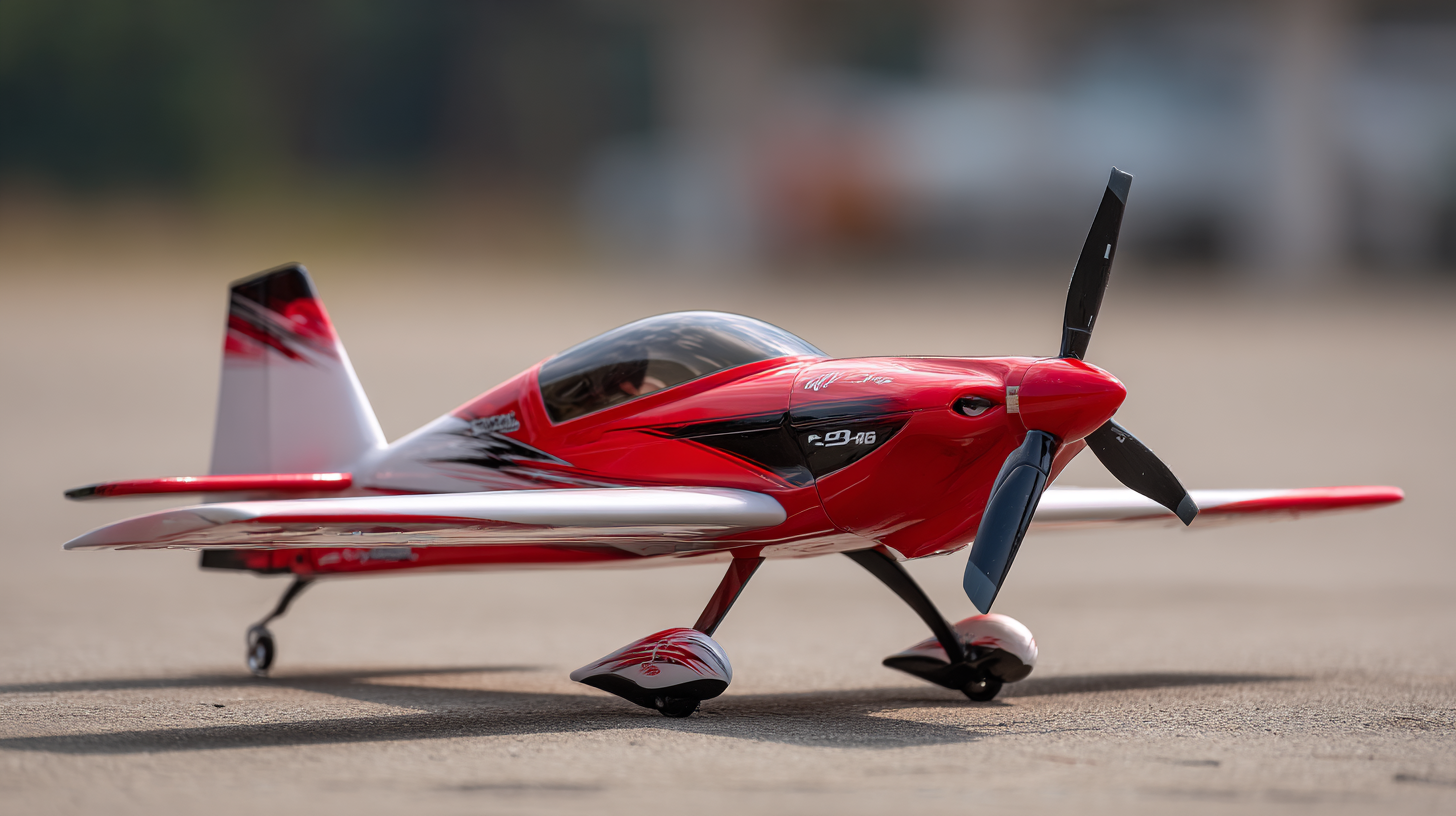
When it comes to selecting the best RC model airplane kits, understanding the various types available is essential for choosing one that aligns with your skill level. There are three primary categories: beginner, intermediate, and advanced kits. According to a report by the Academy of Model Aeronautics, nearly 45% of new enthusiasts start with beginner kits, which typically feature simpler assembly processes and more durable materials to withstand novice flying errors. These kits often include everything necessary to get started, such as transmitters and batteries, making them an excellent choice for newcomers.
For those with some flight experience, intermediate kits offer a more challenging building experience while still being manageable. Many enthusiasts transition to this level, as about 35% of hobbyists report moving on to intermediate models to enhance their flying skills and gain more intricate construction techniques. Advanced kits, on the other hand, require significant knowledge and experience. Only about 20% of RC model pilots opt for these, as they demand precision and familiarity with advanced flying mechanics.
**Tips:**
1. Always read user reviews and watch build videos to get a better understanding of what to expect from a kit.
2. Consider joining a local RC club; experienced members can provide insights and recommendations that align with your skill set.
3. Ensure that any kit you choose has ample online support or community forums, as they can be invaluable for troubleshooting during assembly and flying.
| Skill Level | Kit Type | Features | Recommended Age |
|---|---|---|---|
| Beginner | RTF (Ready-to-Fly) | Pre-assembled, lightweight, stable flight | 8+ |
| Intermediate | ARF (Almost-Ready-to-Fly) | Partial assembly required, higher performance | 12+ |
| Advanced | KIT (Build-It-Yourself) | Full assembly, customizable, enhances skills | 14+ |
| Expert | Turbine Jets | High speed, complex assembly, advanced controls | 16+ |
When selecting the best RC model airplane kits, assessing the complexity of the kits is crucial. For beginners, entry-level kits are designed with simplicity in mind. These often come with pre-built components, requiring minimal assembly and featuring user-friendly instructions. According to the Specialty Toy Industry Association, about 60% of new hobbyists prefer ready-to-fly (RTF) models as they allow immediate enjoyment and a quick learning curve. These models typically include essential features such as stability, which helps novice pilots become familiar with flight controls without being overwhelmed.
As skills progress, hobbyists may seek advanced kits that offer more complex assembly and customization options. Intermediate to advanced kits often require building from scratch or include semi-assembled parts, allowing for deeper engagement in the building process. A report by the Academy of Model Aeronautics indicates that over 40% of experienced modelers appreciate the challenge and creativity involved in constructing their own planes, often resulting in better flight performance tailored to their flying style. Ultimately, understanding the intricacies of various RC airplane kits is essential for ensuring that hobbyists select models that align with their experience level, thereby enhancing their overall flying experience.
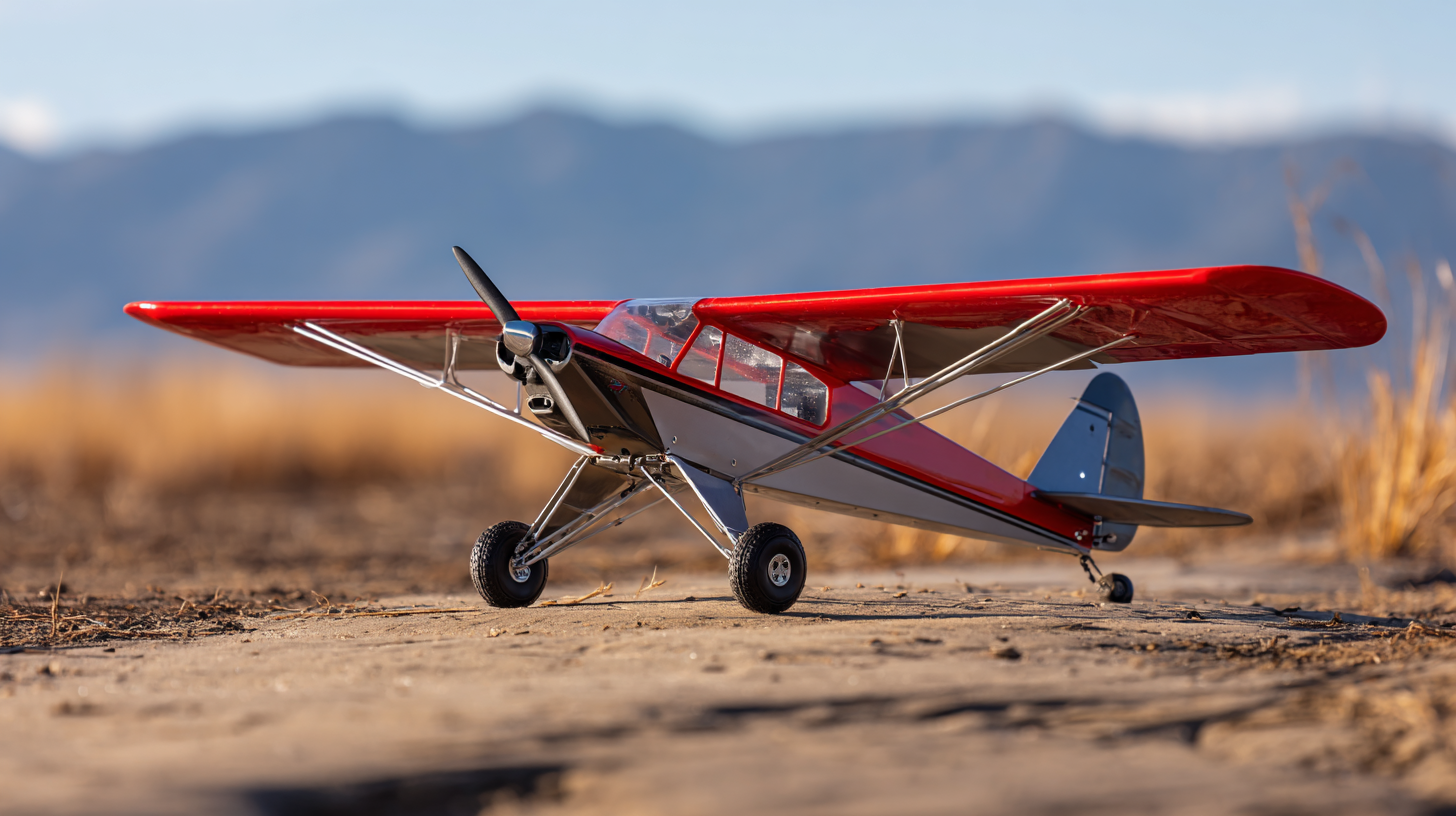
When it comes to selecting the best RC model airplane kits tailored to your skill level, several key features must be taken into account. One of the most critical is the level of assembly required. According to a report by the Academy of Model Aeronautics, beginner kits often come as ready-to-fly (RTF) options that require minimal setup, making them ideal for novice hobbyists. In contrast, advanced kits may involve extensive assembly and customization, appealing to those with prior experience and mechanical skills.
Another important factor to consider is the type of materials used in the kit. A study conducted by the International Journal of Aeronautical Engineering highlights that models constructed from durable materials such as EPO foam tend to withstand the rigors of flight better than those made from traditional balsa wood, particularly for beginners. Additionally, the ease of repair is paramount; easily replaceable parts can significantly reduce downtime and frustration for less experienced pilots. Thus, selecting a kit that balances quality materials with user-friendliness is essential for honing your flying skills while enjoying the hobby.
When selecting an RC model airplane kit, safety considerations should be at the forefront of your decision-making process. Ensure that the kit you choose comes with comprehensive safety guidelines that outline proper handling, operation, and maintenance practices. This is critical for both novice and experienced flyers, as understanding the mechanics behind the plane and adhering to safety protocols can significantly reduce the risk of accidents. It's also advisable to wear safety goggles during operation to protect your eyes from potential debris or misfires.
Maintenance plays a crucial role in ensuring the longevity and performance of your RC airplane. Regularly inspecting your model for any wear and tear, especially on critical components such as the wings, propellers, and electronic systems, is essential. Keeping the airplane clean and storing it in a dry environment can prevent damage from moisture and dirt. Moreover, charging batteries according to manufacturer specifications and replacing them as needed will help maintain optimal performance. By prioritizing safety and routine maintenance, you can enjoy flying your RC airplane while minimizing risks and enhancing your overall experience.
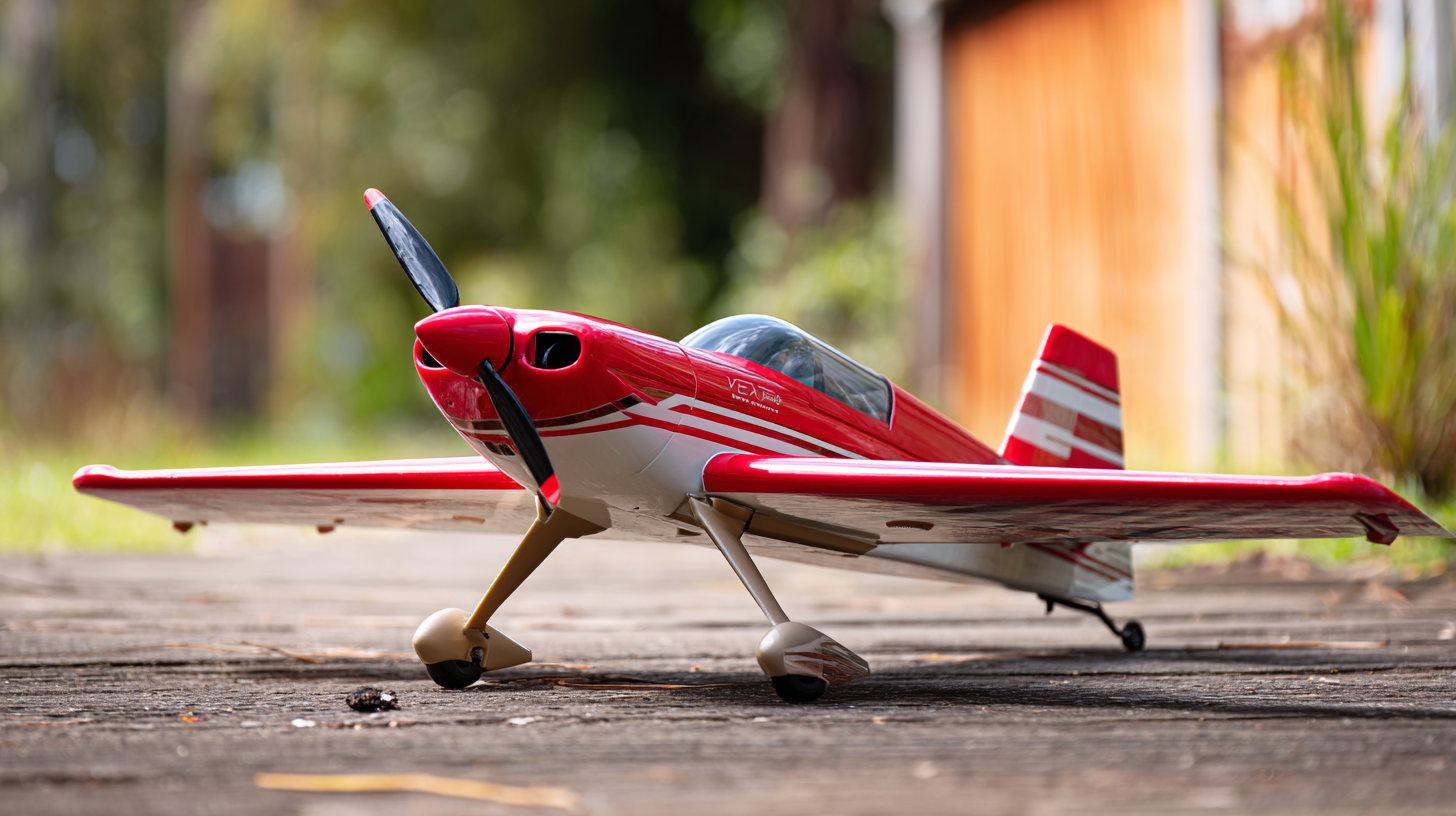
When embarking on your journey to choose the best RC model airplane kits, understanding the costs involved is essential for budgeting effectively. The first step is to determine your budget range. Entry-level kits are typically more affordable, ranging from $100 to $300. These kits often come with all necessary parts and detailed instructions, making them suitable for beginners. However, if you're inclined to explore more advanced models, you may find prices soaring upwards, reaching $500 and beyond for high-quality kits designed for experienced hobbyists.
In addition to the initial purchase price, it’s vital to consider other expenses that come with flying RC airplanes. These may include batteries, chargers, and additional tools that could be essential for assembly and maintenance. Don’t forget the cost of replacement parts, which can add up, especially if you're just starting out and prone to mishaps. By factoring in these additional costs alongside the kit price, you can ensure a more comprehensive budgeting plan and choose a model that not only fits your skill level but also remains financially manageable.
This chart displays the average costs associated with different skill levels for RC model airplane kits. Beginners can expect to spend around $100, while intermediate and advanced hobbyists will need to budget $250 and $500 respectively. This cost analysis can help you make an informed decision based on your budget and skill level.
